Author: Timo
-
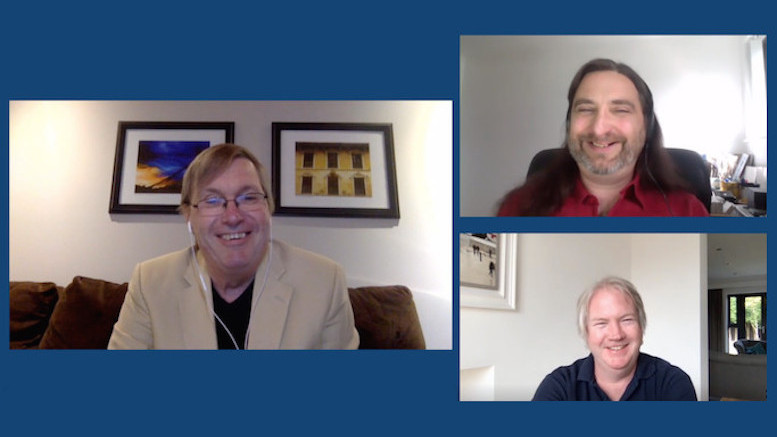
AurorA guests on RAG-TV
On Wednesday, June 17, 2020 I had the honour of appearing on the opening episode of Season 2 of RAG-TV, the online streaming show of the Risk and Assurance Group. Their virtual conference in May was seen by over 2,000 telecom industry pros in over 93 countries ! Read more about that here and here.…
-
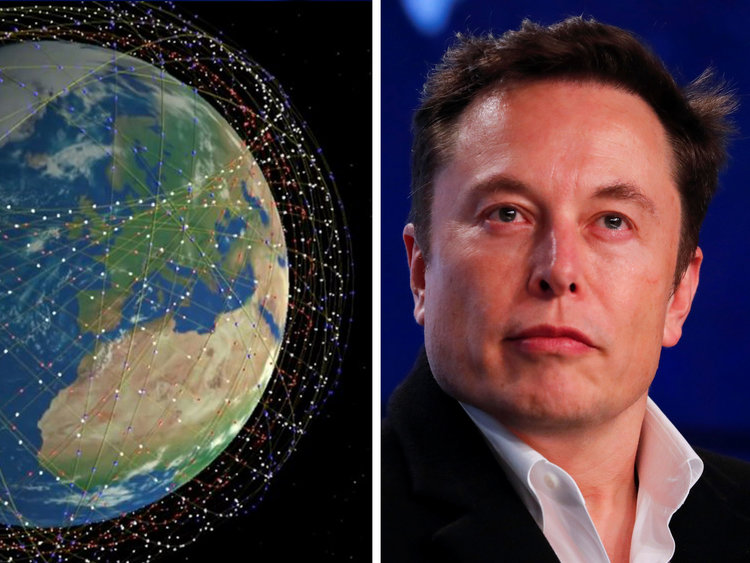
Elon is not coming to rescue Canada’s remote broadband
The telecom press in Canada has been gushing over the news that Elon Musk and his company SpaceX has visions of coming to Canada to provide super-fast Internet service to rural and remote Canadians via their StarLink LEO (low Earth orbit) satellite constellation. Please take a step back. Pause. Take a deep breath. Just stop…
-
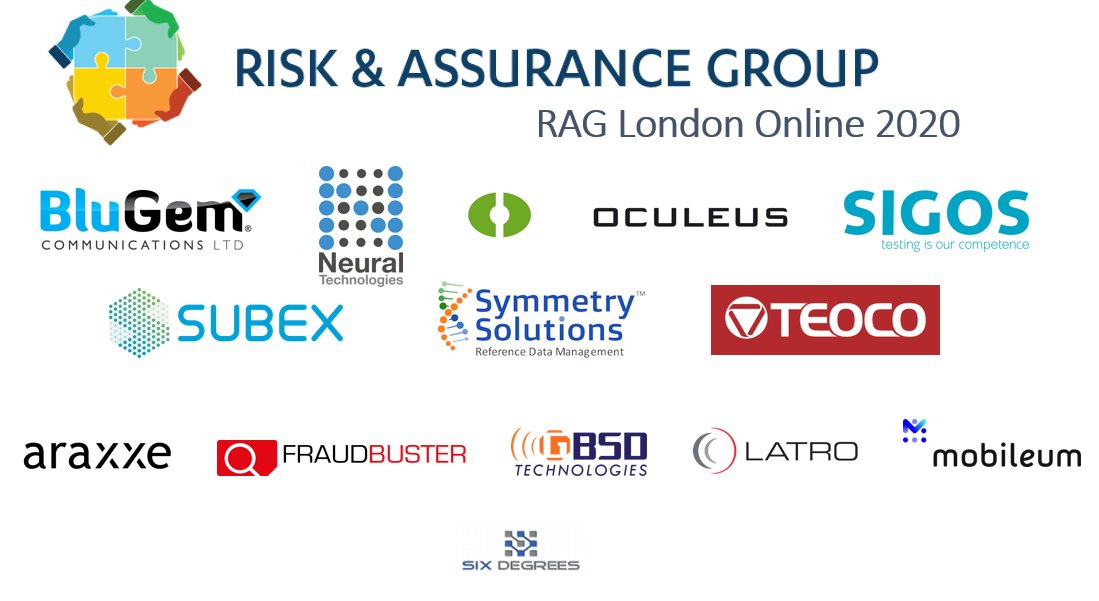
RAG London Online 2020: Day 2
Today was the second and final day of the Risk and Assurance Group (RAG) London conference. Due to the ongoing global pandemic it was turned into a virtual online conference. The sessions began at 7:30 AM London time (2:30 AM in Waterloo) but I listened to the whole event from start to finish for the…
-
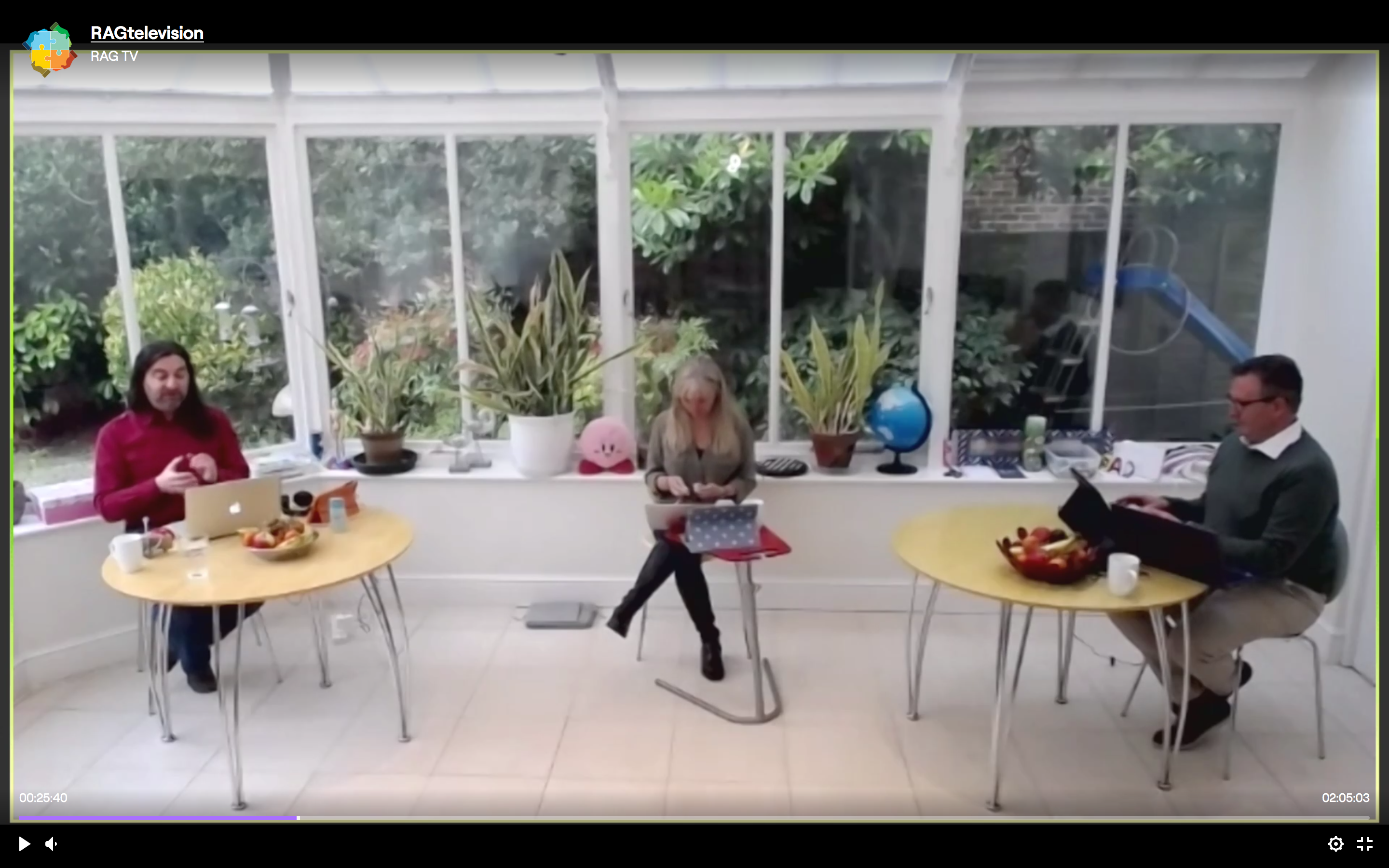
RAG London Online: May 13-14, 2020
Today was the first day of the Risk and Assurance Group (RAG) London conference. Due to the ongoing global pandemic it was turned into a virtual online conference. The sessions began at 7:30 AM London time (2:30 AM in Waterloo, eek !) but I listened to the whole event from start to finish. The conference…
-

RAG – Risk and Assurance Group
You may have noticed a new logo on our home page and footer. AurorA, more specifically Timo, is a member of RAG, the Risk and Assurance Group. I joined RAG back in June, 2019 after attending their conference in Toronto held at Telus Harbour. I wrote about that experience here. RAG can be described as…
-
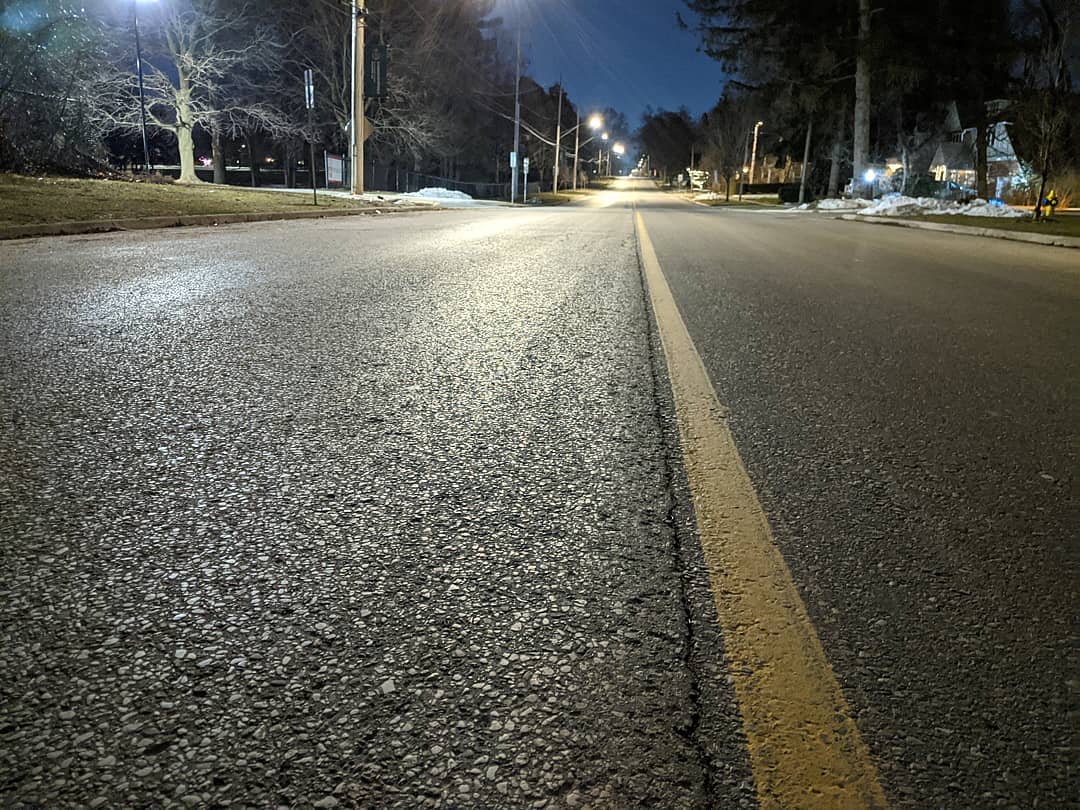
2020 Redux
Back in early January, I wrote a post on my 2020 vision where I focused on a few topics I thought would be of importance in the New Year. My goal was to avoid the dreaded Top 10 list of predictions by providing more substance. Back then we were all quite innocent and unprepared to…